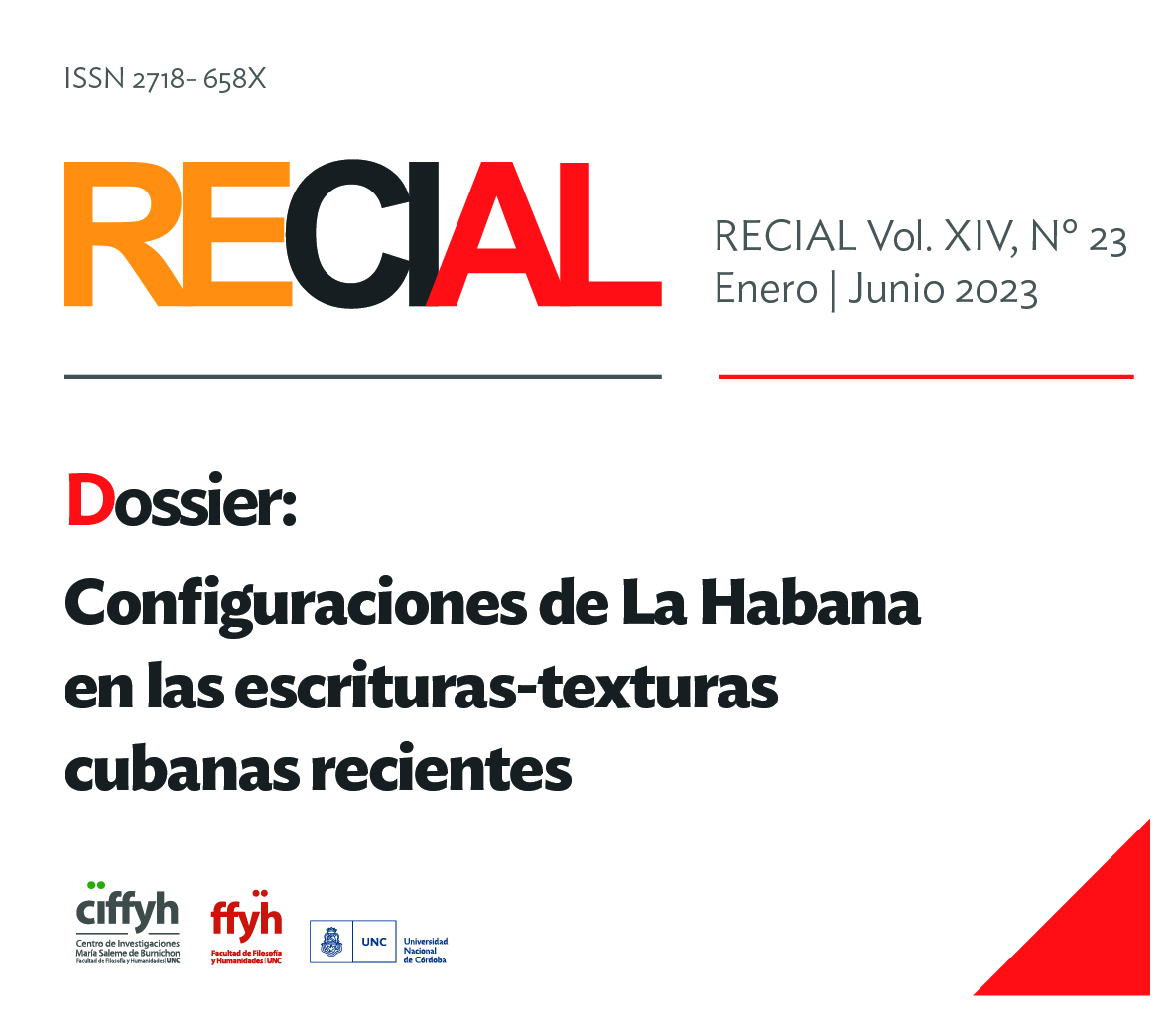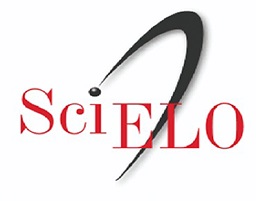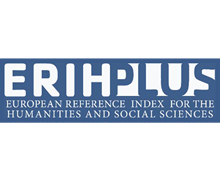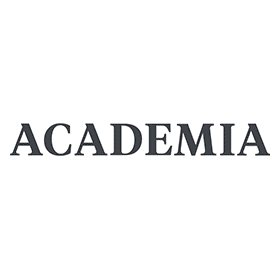Looking at the city from the sewer. (Post) urban fictions
DOI:
https://doi.org/10.53971/2718.658x.v14.n23.41703Keywords:
(post)urban fictions, sewer, catastrophe, endAbstract
The article intends to investigate the (post) urban figurations of the city Havana from the productions of two cuban artists: a sample of the plastic artista, Carlos Garaicoa, Epifanías urbanas (2017) and the book of stories by the writer Jorge Angel Pérez, En la Habana no son tan elegantes (2012).In both cases, it is posible t oread these heterogeneous textures in terms of forms of (post)urban dystopia linked to a series of images of device that frecuently reappear in the plastic arts and the contemporany literatura as fictions of “after the after” (De la campa, 2017, p. 33). They are stories that not only deconstruct the modulations of the modernazing myth of the Latin American city, but also advance towards an aesthetic-cosmological inflections that rereads and disorganizes the system of dichotomies with wich traditions processed the link between the creative subject and the urban landscape. My hypothesis is that the figurations of the city, seen and imagined from the decentered place of the sewer, produce a centrifugal moviment on the imagine archive of the city, turning the figurations into synecdoches of los and the squint since, while city, Havana has scaped from its founding protocols, it has also scaped from the genealogy of the mythical Latin American cities (Macondo, Santa María). Then, the oblique gaze of art, form the becoming sewer (of city itself but also the place of gaze), processes its opacity.
Downloads
References
Anderson, T. (2016) Piñera corresponsal, una vida en cartas. Berlin: Instituto Internacional de Literatura IberoAmericana.
Barthes, R. (2006) La cámara lúcida. Notas sobre la fotografía: Barcelona: Piadós.
Borchmeyer, F. y Hentschler, M. (2011) Habana. Arte nuevo de hacer ruinas. En: https://www.dailymotion.com/video/xl1b13. Consultado. 23-3-2023
Calomarde, N. (2012) “Las fronteras argentina-Brasil-Uruguay-Paraguay. el acuífero guaraní en su territorialidad transfronteriza”, Revista Katatay, año VIII, número 10, septiembre de 2012, pp 68.81
Carpentier, A. (1982) La ciudad de las columnas. La Habana: Letras cubanas.
Danowski, D. Viveiros de Castro, E. (2019) ¿Hay un mundo por venir? Ensayos sobre los miedos y los fines. Buenos Aires: Caja Negra.
Didi Huberman, G. (2010) Atlas ¿cómo llevar el mundo a cuestas? Madrid: Museo Nacional de Arte Reina Sofía.
De La Campa, R. (2017) Rumbos sin telos. Residuos de la nación después del Estado, Santiago de Querétaro: Rialta Ediciones.
Estévez, A. (2011) “Coordenadas habaneras de José Lezama Lima”. En: Cuadernos Hispanoamericanos, núm. 734 (agosto 2011), pp.21-25.
Garaicoa, C. (2014) Chocolatería. Pins and threads on lambda photograph mounted and laminated in Gator Board.Alfileres e hilo sobre fotografía lambda montada y laminada sobre gator board. 125 x 160 cm. Foto / photo: Oak Taylor-Smith. "Colección privada". Madrid.
Garaicoa, C. (2017) Sin título (Alcantarillas). Recuperado de enlace: https://elpais.com/cultura/2017/03/12/actualidad/1489318356_877349.html Consultado_ 4-1-2022.
García Márquez, G. (1972) “El ahogado más hermoso del mundo”, en La increíble y triste historia de la Cándida Eréndira y de su abuela desalmada, Bogotá: Sudamericana
Guerrero, T. (1946) “Un año en La Habana”, en Semanario Pintoresco Español, Año XI, Tomo I. Madrid: Imprenta y Establecimiento de Don Baltasar González, pp. 41-44
Guerrero, T, (2015)“Un año en La Habana”. En: Revista La Habana elegante. Segunda época. En: http://www.habanaelegante.com/November_2015/Ronda.html. Consultado: 3-3-23.
Hamberg, Jill Mae (1994). The dynamics of Cuban housing policy. New York, University of Columbia.
Hernández Simal, I. (2018). “El Espacio Poético en las Epifanías Urbanas de Garaicoa”, Estúdio, vol.9 no.21, Lisboa, S/n
Lalo, E. (2002) Los pies de San Juan. San Juan de Puerto Rico: Tal Cual y Fundación Biblioteca Rafael Hernández Colón.
Lezama Lima, J. (1958) Tratados en La Habana, Universidad Central de Las Villas, La Habana.
Morán, F. (2001) “La Habana Elegante”. En: http://jpquin.chez.com/elegante.html. Consultado: 3-3-23
Nancy, J-L. (2000) La comunidad inoperante. Trad. Juan Manuel Garrido Wainer, Santiago de Chile. Escuela de Filosofía Universidad ARCIS. Disponible en: http://www.philosophia.cl .Fecha de consulta: 3-2-2018.
Núñez Cabeza de Vaca, A. (2013), Naufragios. Buenos Aires: Corregidor.
Pérez, J. (2012) En La Habana no son tan elegantes. La Habana: Letras cubanas
Piñera, V. (2002) Cuentos fríos. En Cuentos completos, La Habana: Ed Ateneo.
Piñera, V. (1960) “Archivo Virgilio Piñera”. Firestone Library. Universidad de Princeton.
Pizarnik, A. (1962) “Árbol de Diana”. Poesía Completa. Ed. Ana Becciu. Buenos Aires: Editorial Lumen, 2002. 99-140
Ponte, A. (2005) “Un arte de hacer ruinas”, en Un arte de hacer ruinas y otros cuentos. México D.F: Fondo de Cultura Económica
Rama, A. (1984) La ciudad letrada. Hanover: Ed del Norte.
Ranciere, J (2009) El reparto de lo sensible, Santiago de Chile: LOM.
Trefzz, E. (2011) “50 años de la ley de reforma urbana en Cuba. En el aniversario del cambio de paradigma”. Revista INVI vol.26 no.72 Santiago ago. En: https://www.scielo.cl/scielo.php?script=sci_arttext&pid=S0718-83582011000200002. Consultado: 4-2-23.
Vitier, C. (1988) Lo cubano en la poesía. La Habana: Letras libres.
Published
How to Cite
Issue
Section
License

This work is licensed under a Creative Commons Attribution-NonCommercial-ShareAlike 4.0 International License.
Aquellos/as autores/as que tengan publicaciones en esta revista, aceptan los términos siguientes:
- Los/as autores/as conservarán sus derechos de autor y garantizarán a la revista el derecho de primera publicación de su obra, el cuál estará simultáneamente sujeto a la Licencia de reconocimiento de Creative Commons que permite a terceros compartir la obra siempre que se indique su autor y su primera publicación esta revista.
- Los/as autores/as podrán adoptar otros acuerdos de licencia no exclusiva de distribución de la versión de la obra publicada (p. ej.: depositarla en un archivo telemático institucional o publicarla en un volumen monográfico) siempre que se indique la publicación inicial en esta revista.
- Se permite y recomienda a los/as autores/as difundir su obra a través de Internet (p. ej.: en archivos telemáticos institucionales o en su página web), luego de su publicación en la revista. (Véase El efecto del acceso abierto).























